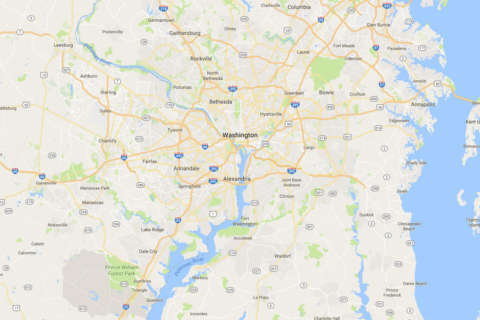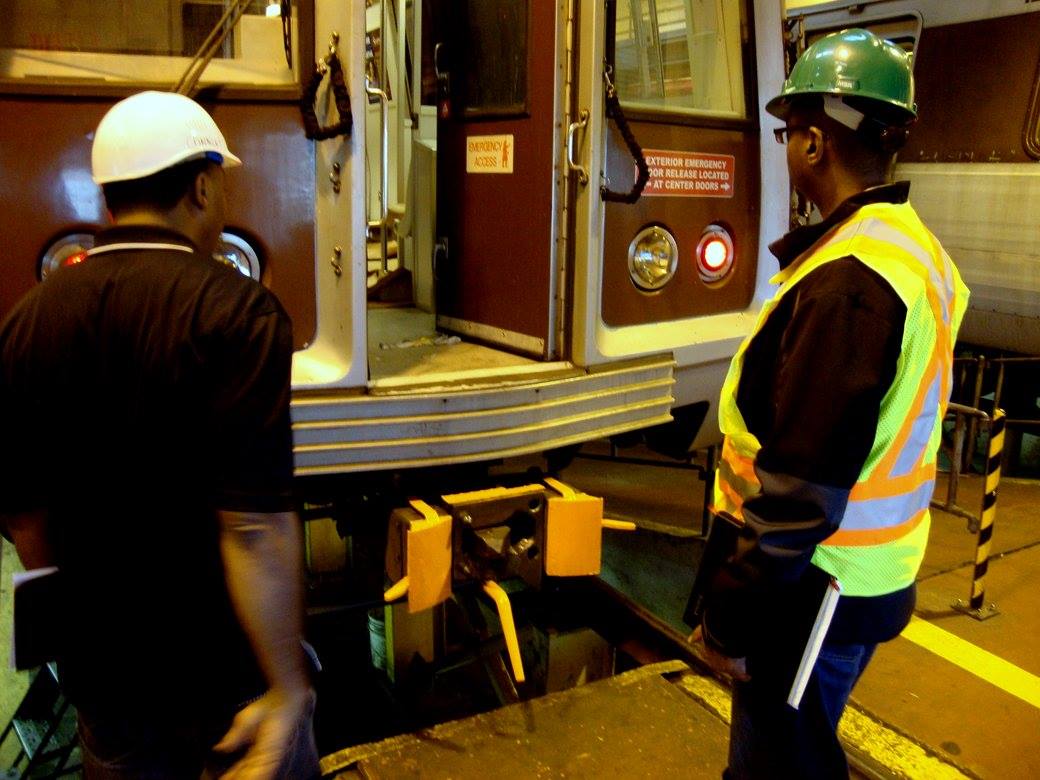WASHINGTON — After more Metro trains ran red signals in 2015 than either of the two years before, and a train that ran a red signal this month stopped within 200 feet of a head-on collision, Metro General Manager Paul Wiedefeld wants more information about why these issues keep happening.
At a Metro Board committee meeting Thursday, Wiedefeld said he wanted an analysis going back five or 10 years if possible.
Outside consultants have found that train operators can get complacent or switch into autopilot, leading to problems when things do not strictly follow normal routines, which can happen when trains have to single-track.
A late-night train that was single-tracking earlier this month stopped within 200 feet of a head-on collision with a train carrying passengers at the Smithsonian Station.
That was due to a miscommunication, Metro’s Acting Chief Safety Officer Lou Brown said.
Since then, Metro has put new procedures in place in the Rail Operations Control Center requiring stricter supervision of certain unusual train movements.
Wiedefeld says bringing an assistant superintendent over to sign off on and listen in on the commands takes just a few seconds, but adds an important extra level of safety.
The Federal Transit Administration has directed Metro to better address red-signal violations.
Metro Board Member Michael Goldman says he hopes the combination of the rise in violations and FTA directive will serve as a canary in the coal mine for Metro, especially with more unusual train movements with the increase in single-tracking during weekends, nights and middays.
Brown says awareness campaigns and increased training for operators in the wake of violations often cut down on the violations for month, before complacency may return and the issues arise again.
“None of these are acceptable,” Brown says.
He notes that many violations are in rail yards, rather than where trains are carrying passengers.
Metro has had separate direction for years to better address trackworkers’ safety, including in rail yards.
“I’m not trying to minimize the importance of this, but most of these, contrary to what I think public perception is, because all of us drive cars and we think of running a red light in an intersection at speed could lead to catastrophe — not that this can’t lead to catastrophe, but the vast majority of these cases are low speed,” Brown says.






